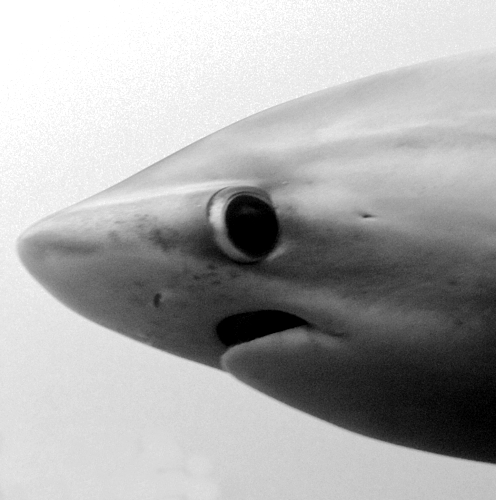Wildlife warning for marine power
 As more countries look to offshore sources for renewable energy, experts say there could be big impacts on marine life.
As more countries look to offshore sources for renewable energy, experts say there could be big impacts on marine life.
Researchers have identified situations where green technology such as wind turbines, wave energy converters, and other marine renewable energy devices (MREDs) have had negative consequences on marine life.
While they do not want to slow down active responses to climate change, they encourage those implementing MREDs into marine habitats to consider the impact of this technology, such as head trauma and hearing loss, on marine animals before beginning construction.
“When people put a wind farm in their back yard, neighbours might complain that it's ugly and want it moved,” says first author Andrew Wright, an ocean and ecosystem scientist at the Natural Sciences and Engineering Research Council of Canada.
“So, they think, why not put it off shore where we can't see it and then there's no problems? The assumption there is that it's just an aesthetic problem. But there's a lot more to it.”
Green technology used on land, such as the wind farms mentioned by Dr Wright, has had negative impacts on birds and bats, who collide into the massive spinning blades during migration or while on their night flights.
Similarly, when spinning objects like wave energy converters are built under water, marine animals like dolphins and porpoises can be hit by the turning blades, causing blunt-force trauma.
MREDs are not only physically dangerous, they are also noisy to construct, which can disrupt the echolocation some marine mammals use for hunting and navigating.
For example, the Taiwanese white dolphin, an endangered species that makes its home in a densely populated and heavily industrialised region, is facing extensive windfarm developments in its range.
Unable to escape the construction noise in their increasingly shrinking habitat, the dolphins will likely suffer from hearing loss and chronic stress.
“Installing renewable energy sources in the ocean is a loud operation. I would compare building MREDs to living next to a construction site. Think about what it'd be like to live next to all those jackhammers and power drills,” says Dr Wright.
“I don't think a lot of people appreciate that when it's offshore, it may be silent for humans, but if they stick their head under water where the animals live, it's much, much louder.”







 Print
Print